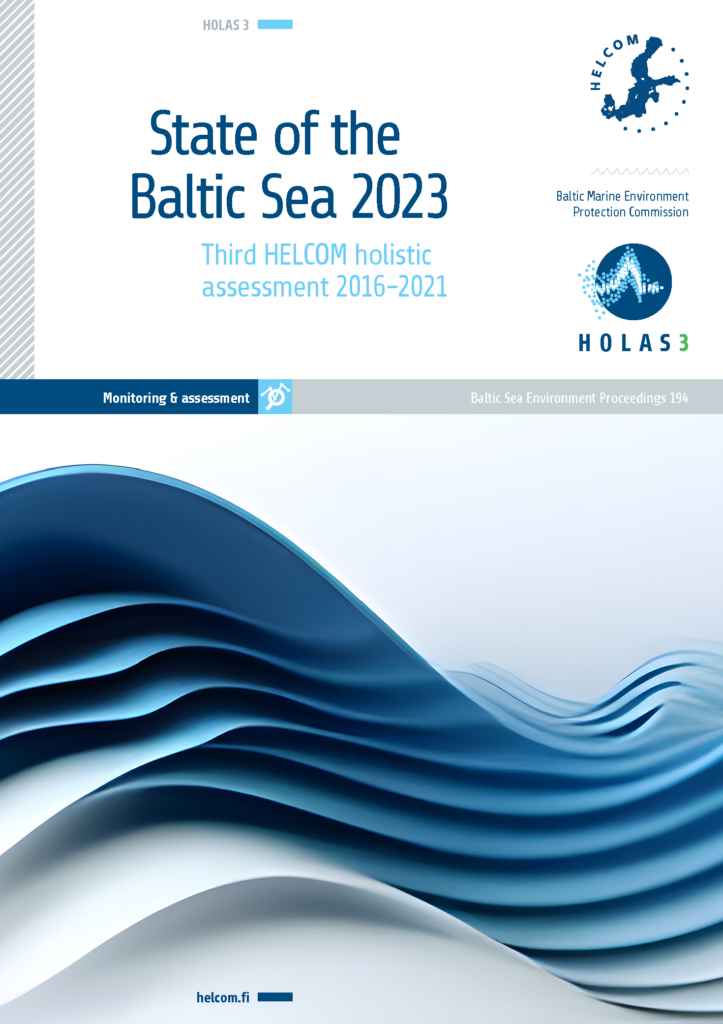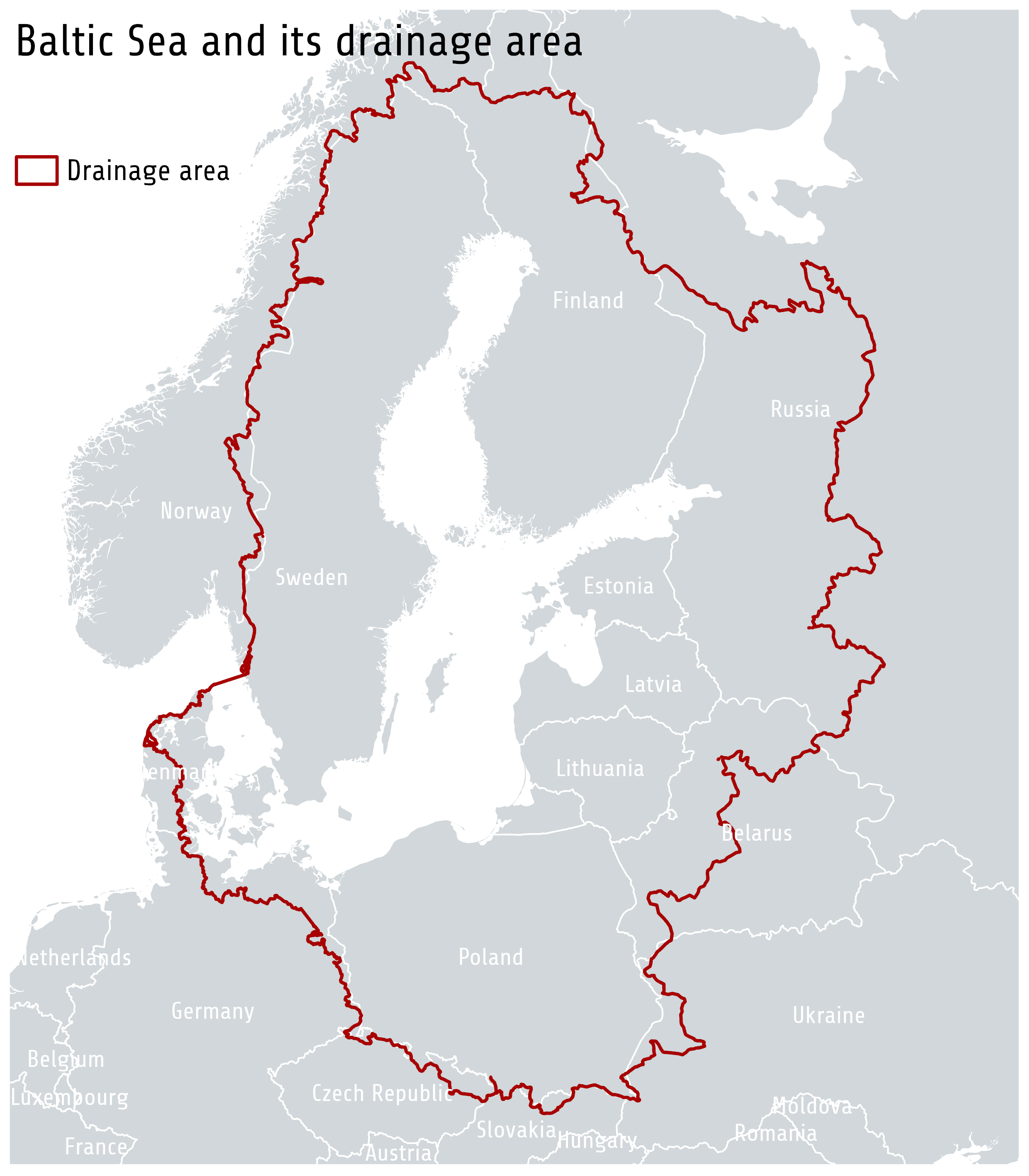ECONOMIC IMPACTS
Economy and ecology
The Baltic Sea countries benefit considerably from their utilization of the Baltic Sea, both economically and socially. Nine countries share the borders of the Baltic Sea, namely Denmark, Sweden, Finland, Russia, Estonia, Latvia, Lithuania, Poland and Germany. Another five countries are partly located within its drainage area (Figure 2.9). In total, around 85 million people live within the drainage area of the Baltic Sea. The benefits we receive from the Baltic Sea include jobs, income and natural resources, as well as various contributions to personal well-being. We all depend on biodiversity in our daily lives in ways that are not always directly apparent or appreciated.
The fishing sector depends on healthy fish stocks of a harvestable size for its well-being and long-term sustainability. Many Baltic fish stocks are currently in an especially bad state and, moreover, have a negative forecast, which affects the profitability of the fishing sector (STECF 2022). The total value of landings in Baltic Sea countries has been unchanged or has slowly declined during the current assessment period (Figure 2.11). Sweden and Poland have had the largest values of landings. Around 4,000 full-time equivalent jobs remain in the Baltic Sea fisheries, of which more than half are in Poland. Overall, the Baltic region’s small-scale coastal fishing fleets have negative gross and net profit margins, which differs from other marine regions within the EU (STECF 2022).
Marine transport encompasses both marine transport infrastructure and the shipping sector. The infrastructure sector includes ports and the activities to maintain ports and their services, such as dredging and cargo handling, while shipping includes the transportation of freight or passengers by sea. The gross weight of goods handled by ports in the Baltic Sea countries has been relatively constant over the past decade, with the exception of a notable increase in Poland. Passenger volumes were also relatively unchanged overall, aside from a clear drop in 2020 reflecting the impact of the COVID-19 pandemic (Figure 2.12).
Employment in shipping has been relatively stable over the past decade, with only minor fluctuations, while the added value has shown larger changes (HELCOM 2023d).

State of the Baltic Sea 2023 — The third HELCOM holistic assessment (HOLAS 3)
State of the Baltic Sea 2023 is a synthesis report that builds on, and integrates, results from a wide range of assessment products produced within the third HELCOM holistic assessment. Its role is to link information from the underpinning assessment products together, thus highlighting the holistic aspects. With this in mind, the summary report focuses on presenting the results and on an in-depth look at why we are seeing these results, providing over-arching context and analysis. The report helps develop a clearer picture of where we are and how things are connected, supporting coordinated and effective measures to strengthen the Baltic Sea environment.

